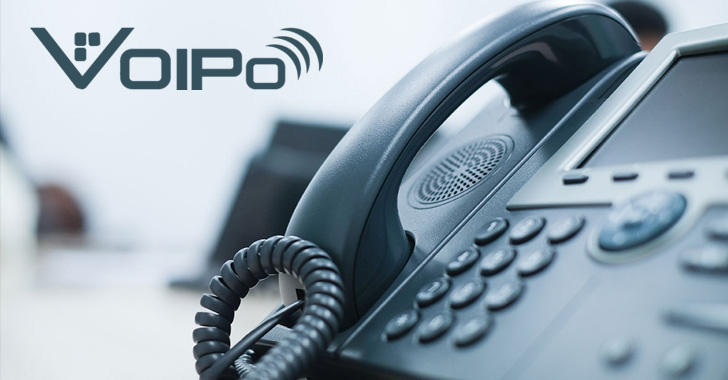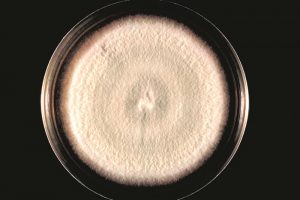Free VoIP Networks

What you must learn about VoIP
In the longer term, as broadband Internet and conventional telephony continue to converge, the strict split between the PSTN and the Internet is likely to disappear. It will be much more common to see, for example, Web pages with clickable hyperlinks that make quick VoIP calls to sales agents. , which acts as a bridge between the Internet (on one hand) and the PSTN (on the other). You can consider a gateway as a sort of translator that converts phone calls in IP-format into traditional signals that odd phones can perceive (and vice versa). They make communication easier by permitting you to make cellphone calls over the internet.
What is the difference between VoIP and Skype?
VoIP is said to be cheap, but most people use it for free. Yes, if you have a computer with a microphone and speakers, and a good Internet connection, you can communicate using VoIP for free. This can also be possible with your mobile and home phone. The way you make calls varies with the VoIP service you use.
RingCentral Tiered Features
Can I keep my landline number with VoIP?
Similar to Skype or FaceTime Audio, WhatsApp Calling uses an Internet connection (VoIP) rather than cellular phone service to make calls. The feature has been expected to come to the app since shortly after Facebook acquired the service last year; Facebook’s Messenger app for iPhone also has a similar feature.
You can manage your VoIP account through your internet browser. This management panel permits you to order further services, set calls, hearken to voicemails, check name data and more. VoIP Office, a number one provider of Cloud primarily based communications, makes it reasonably priced and easy to hook up with anyone, wherever in the world. Our communications options meet the needs of any type of business in any industry, from house workplaces to massive enterprises. VOIP OFFICE is a new-technology cloud primarily based communications provider that gives all of the features of your conventional PBX along with the newest performance enabled by way of VoIP technology.
But in case you have one to four staff and pay month-to-month, it’s $35 a month. Meanwhile, the mid-level Pro plan and the complete-blown bells-and-whistles Enterprise plan can get as costly as $38 per thirty days and $fifty five per month, respectively. For worldwide prospects, RingCentral provides numbers in additional than 100 nations worldwide.
- You could make a phone to name on typical telephone numbers and obtain calls on your number too.
- VoIP expertise converts these analog signals into packets of digital data.
- Nextiva VoIP service does a whole lot for little or no—and that’s not even mentioning that its customer assist is dealt with utterly in-house with no abroad outsourcing.
- We began out with a distinct segment firm known as Sound Communications, however their call high quality and app weren’t superb.
- Ultimately, every plan provides comparable services with a difference in the variety of allowed users, minutes, and conferencing.
- Naturally, the extra people inside your small business you need to have access to the VoIP system, the bigger the VoIP cost.
Sure we’ve a free unlimited calling option from Ooma Telo or cheaper alternate options like Skype and Google Hangouts, but they don’t seem to be providing a promising set of options as AXvoice for residential use. Ooma Telo has lots of strings attached to its no monthly charge policy.
However, with a fair wider scope for international calling the shortage of those features may not be a dealbreaker for organizations with overseas clients and shoppers. RingCentral presents an internet knowledge base, 24/7 customer support for patrons with more than two customers, on-line chat 24/7, and ticket requests. RingCentral also offers webinars on a spread of matters for brand new users who’re on the lookout for more self-directed service choices. RingCentral’s costs range from $29.ninety nine to $39.ninety nine per 30 days.
What are the benefits of VoIP?
A landline telephone is the traditional wired phone that we all grew up with. It connects one phone to the public telephone switch network through physical phone lines otherwise known as PSTN or POTS. VoIP on the other hand, uses an IP phone or a soft phone like 3CXPhone to make calls using IP over the Internet.
Please notice, although, that voice readability can differ from supplier to supplier, and usually is dependent upon the velocity (and high quality) of your broadband connection. If you need to discover out whether or not your present broadband connection helps VoIP, check your connection by way of our speed take a look at.
If you could have your personal unlocked VoIP hardware, you need to use it with the A Xvoice service. Their greatest home telephone service plan costs $eight.25/month, but you may also opt for pay-as-you-go for as little as $four.99/month. The particular person on the receiving finish will get a transparent sound without any unusual echoes. AXvoice offers buyer assist by way of e mail solely which is probably the only downside to utilizing this VoIP.
Is VoIP cheaper than a landline?
Skype is widely known as a software application that allows you to make free or low cost calls across the Internet to other Skype users, their cell phones, or VoIP and PSTN lines. But Skype is about more than just making calls from your PC. With Skype you can also: Send and Receive Instant Messages.

